Elderberry...
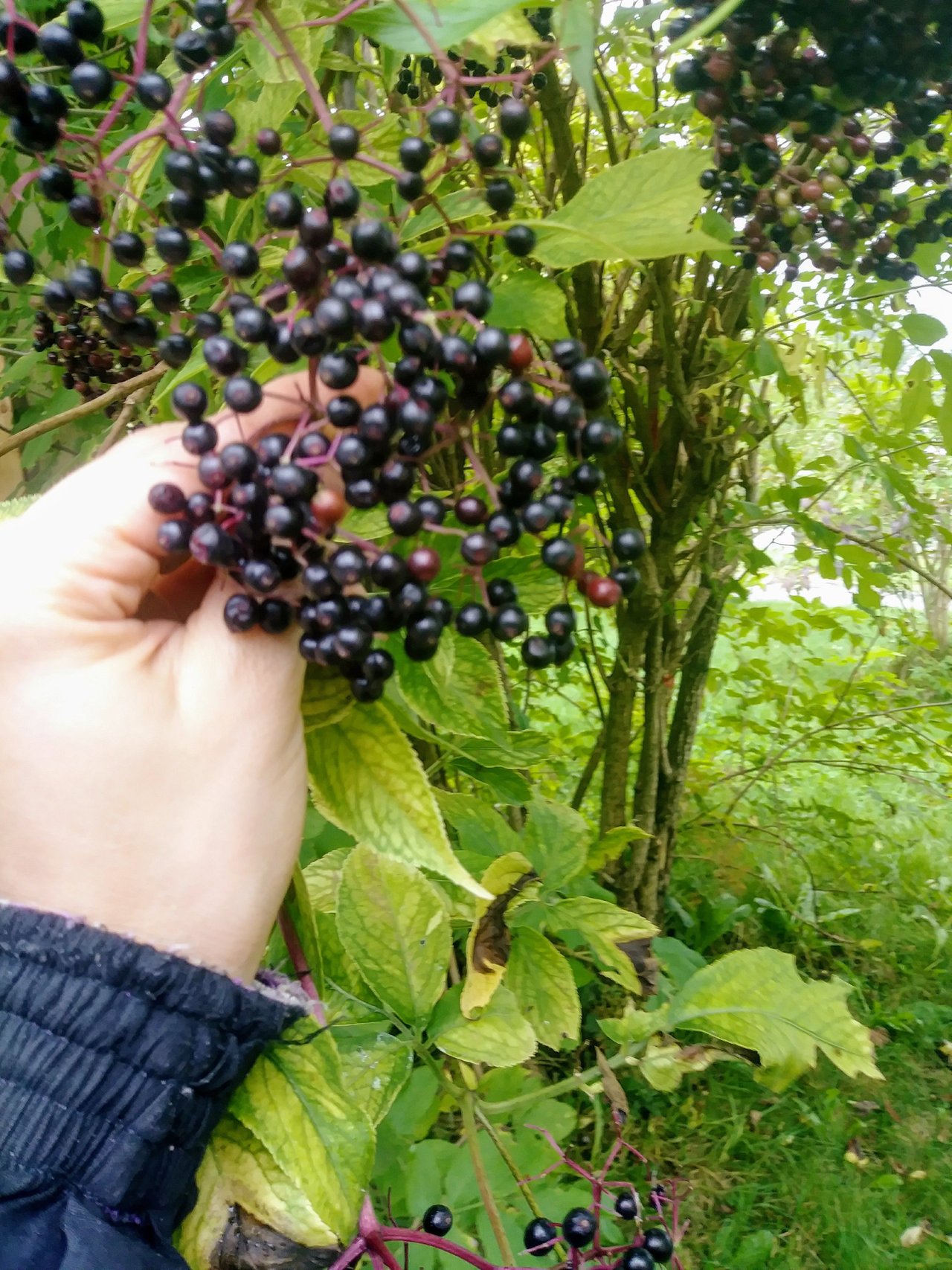
Known as Common Elderberry, Black Elderberry or American Elderberry, Sambucus Canadensis is a tall and leafy flowering shrub that grows best in sunny locations and isn't too particular about the type of soil in which it spreads its roots. Sambucas Canadensis is found mainly in the eastern provinces and states of North America and is a subspecies of Sambucas Nigra. In late spring, the Elderberry bushes grow many clusters of delicate white flowers on wide umbrella-shaped stems. The flowers smell sweetly floral and make a delicious cordial or syrup for flavoring sodas. I've heard of people using the flowers to make champagne though I haven't tried this. I like to let the flowers grow into the beautiful and medicinal dark purple berries and harvest some in the fall.
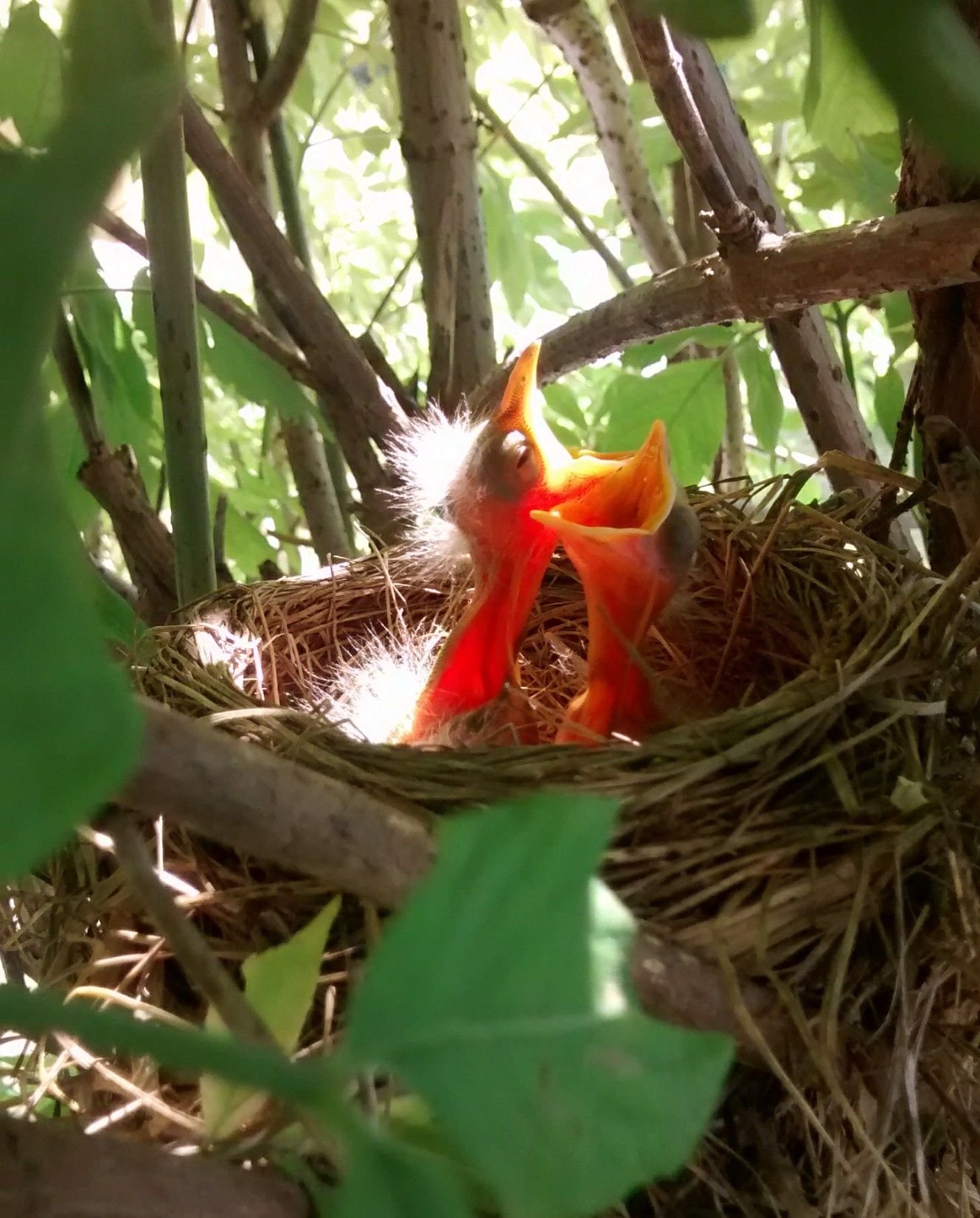
you might find some baby birds sharing your elderberry bushes...
I use these berries in syrup and have made wine from their juice as well. A commercially prepared elderberry syrup is sold in drug stores as a flu preventative and cough syrup. Scientific literature suggests that elderberry is an effective treatment for the influenza virus, shortening duration and lessening severity of symptoms 1
You can tell by the dark reddish purple color of the juices from the berries that elderberries are very high in antioxidants. Antioxidants boost the immune system, and this is what we primarily use elderberry for in my household, as well as in my herbal cough syrup recipe.
By boosting the immune system the anthocyanins and other flavonoids in elderberries protect against a variety of infections. Vitamins A and C also work to boost the immune system and are available in abundance in elderberries.
Traditionally elderberry preparations, along with preparations of the roots, inner bark, and leaves of elder have been used to treat a wide variety of illnesses and diseases. All parts of the shrub except for the fully ripened berries are slightly to moderately toxic and not recommended for ingestion.2
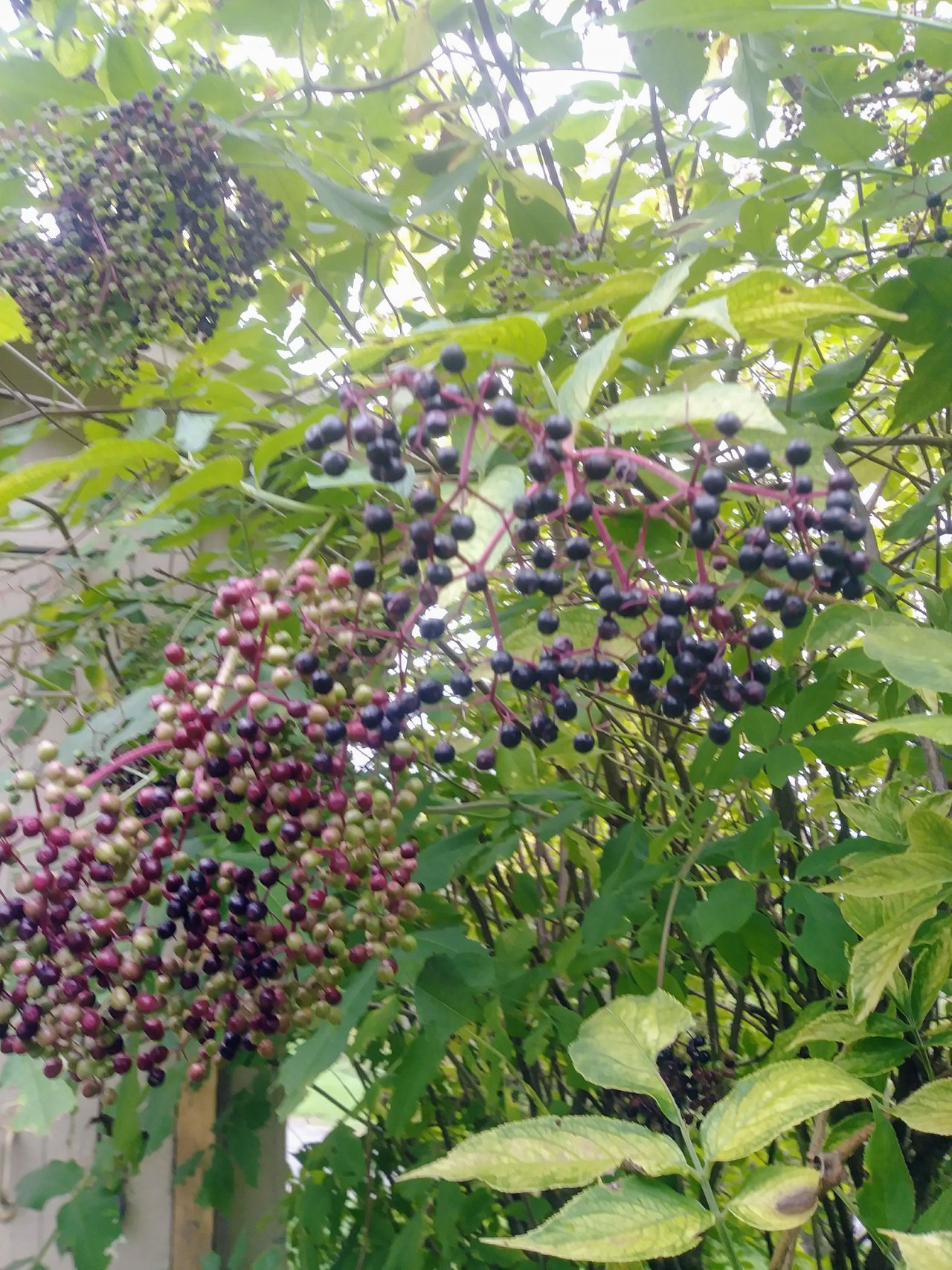
a few too many unripe berries here
It can be tedious removing the stems from fresh elderberries to make the potent medicinal syrup, but it is a worthwhile endevour. They contain a cyanide-inducing glycoside so you don't want too many in with the berries you will be using for syrup.3
Elderberry Syrup
A basic recipe is 3 cups of fresh destemmed berries and 3 cups of water boiled together in a pot, stewed for an hour, then cooled slightly and strained through a cheesecloth. Be sure to squeeze the juices from the berries. Then add a cup of raw honey while still warm. This keeps in the fridge at least a year. Take a teaspoon every four hours when you first feel symptoms of an illness coming on.
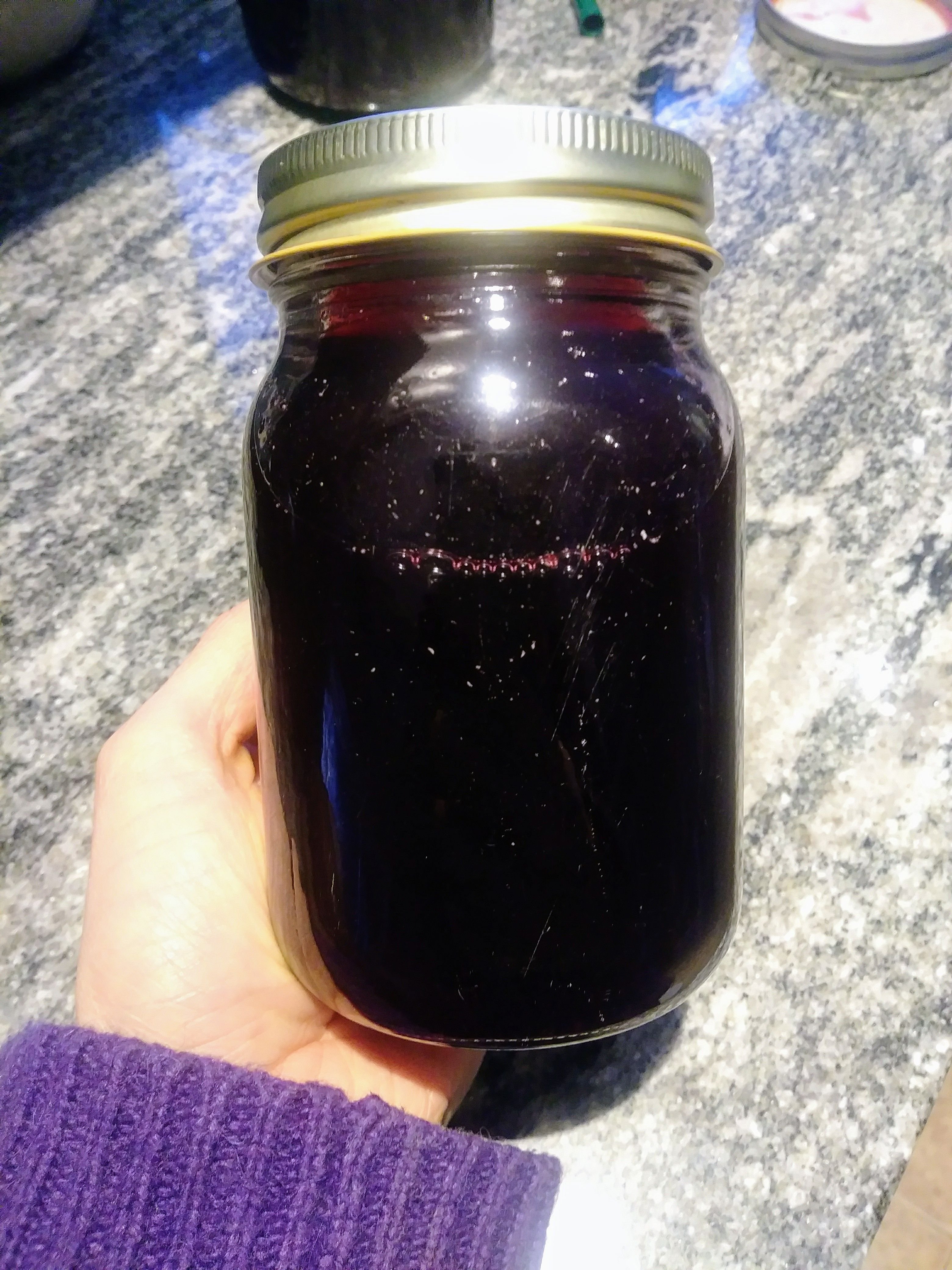
elderberry syrup ready to go
I hope this information finds you well. I heard today from a medical professional that the influenza virus is going around in my area. I'm thankful that I have such powerful plant medicine available to me from my own backyard.
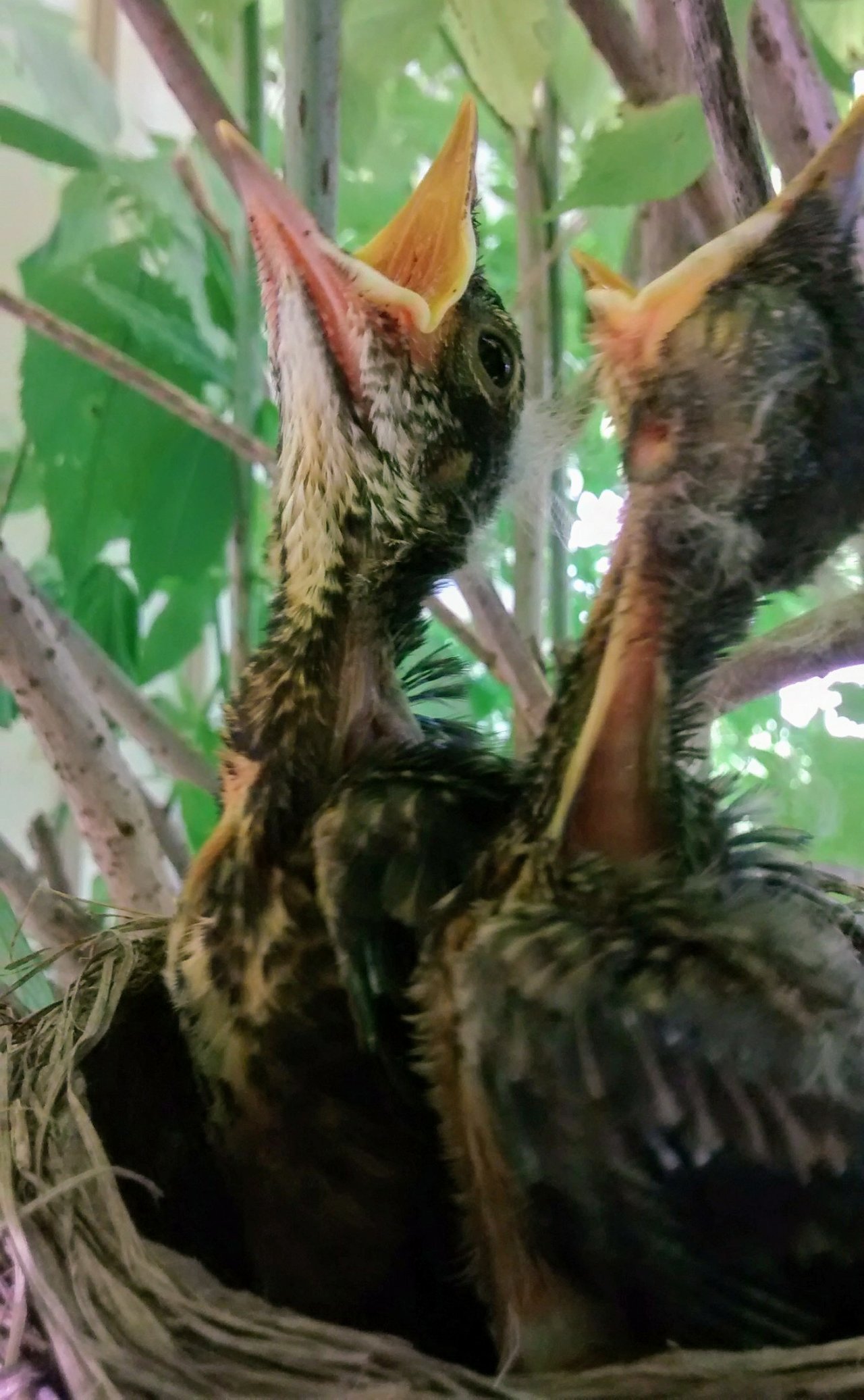
the birds are happy to have the elderberry bushes too
To have this post included in the #healthy2018 competition organized by @goldendawne, I would like to include that my goal is to use this wild medicinal plant to avoid getting the flu!


banner by @soulturtle
